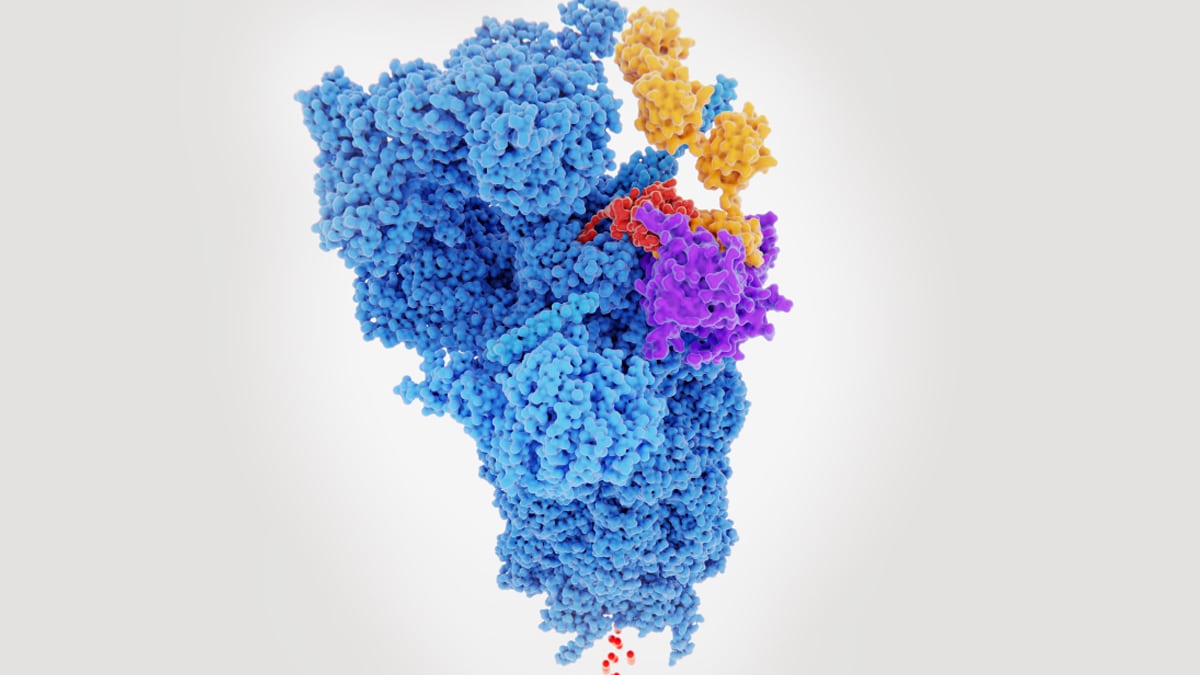What is PROTAC?
PROTAC, which is an acronym for proteolysis targeting chimera, is a class of heterobifunctional molecules that can be used to target specific proteins for degradation by highjacking the ubiquitin-proteasome system (UPS).
Maintenance of cellular homeostasis involves degradation of proteins via the UPS once they have served their function. To achieve this, an enzyme termed E3 ubiquitin ligase tags (or “ubiquinates”) proteins destined for degradation with small proteins called ubiquitin. Ubiquitylation allows proteins to be recognized and degraded by a proteasome termed 26S.
PROTAC molecules consist of two ligands linked together:
One ligand designed to bind to a protein of interest (POI) and one ligand that binds to E3 ubiquitin ligase. Therefore, PROTAC usurps the UPS by acting as a bridge between a POI (i.e., degradation target) and E3 ubiquitin ligase, promoting the degradation of the specific protein target.
How can PROTAC be used as a therapeutic?
One disease group where PROTAC is being considered as a potential therapeutic is cancer. Conventional treatments, such as chemotherapy, act in a non-specific manner, destroying normal cells along with cancer cells.
Alternatively, PROTAC could be developed to target a POI that is only present in cancer cells and critical to cancer cell proliferation, minimizing damage to healthy cells.
PROTAC can also be useful in overcoming tumor drug resistance due to mutations as PROTAC molecules can bind to allosteric sites on a POI and does not require high affinity to a binding site to target the POI for degradation.
What are some advantages and disadvantages of protein degradation via PROTAC?
Protein degradation via PROTAC has several advantages over more traditional therapeutics such as small molecule inhibitors (SMI). Unlike SMI which bind to the active site of the target protein, PROTAC can be designed to bind to allosteric binding sites. This eliminates competition with the natural substrate for binding to the POI, increasing drug efficacy.
One of the largest advantages of PROTAC molecules compared to SMIs is degradation of the target protein instead of inhibition. With SMIs, the drug irreversibly binds and inactivates the POI, requiring excess drug for higher inhibition of the POI.
Alternatively, PROTAC molecules bind to and target the POI for degradation, allowing the PROTAC molecules to be recycled and bind to another POI. Thus, less drug is required to achieve inhibition of the POI, widening the therapeutic window of PROTAC molecules.
Degradation of the POI also decreases accumulation of the POI, which can lead to drug resistance. Although there are several advantages to PROTAC, there are disadvantages to this technology in its current state. PROTAC molecules are typically very large and rigid, leading to pharmacokinetic obstacles. Additionally, synthesizing these large, double-target molecules is difficult and the POI-PROTAC-E3 ligase complex that forms is hard to regulate. Since PROTAC usurps the intracellular UPS pathway, it is unclear if PROTAC could be used for transmembrane or secretory protein targets or if its use would be restricted to intracellular proteins.
Lastly, the potential for off-target effects caused by degradation of the target versus inhibition. How complete inhibition of the activity of the POI affects normal cell activity would need to be thoroughly studied.


